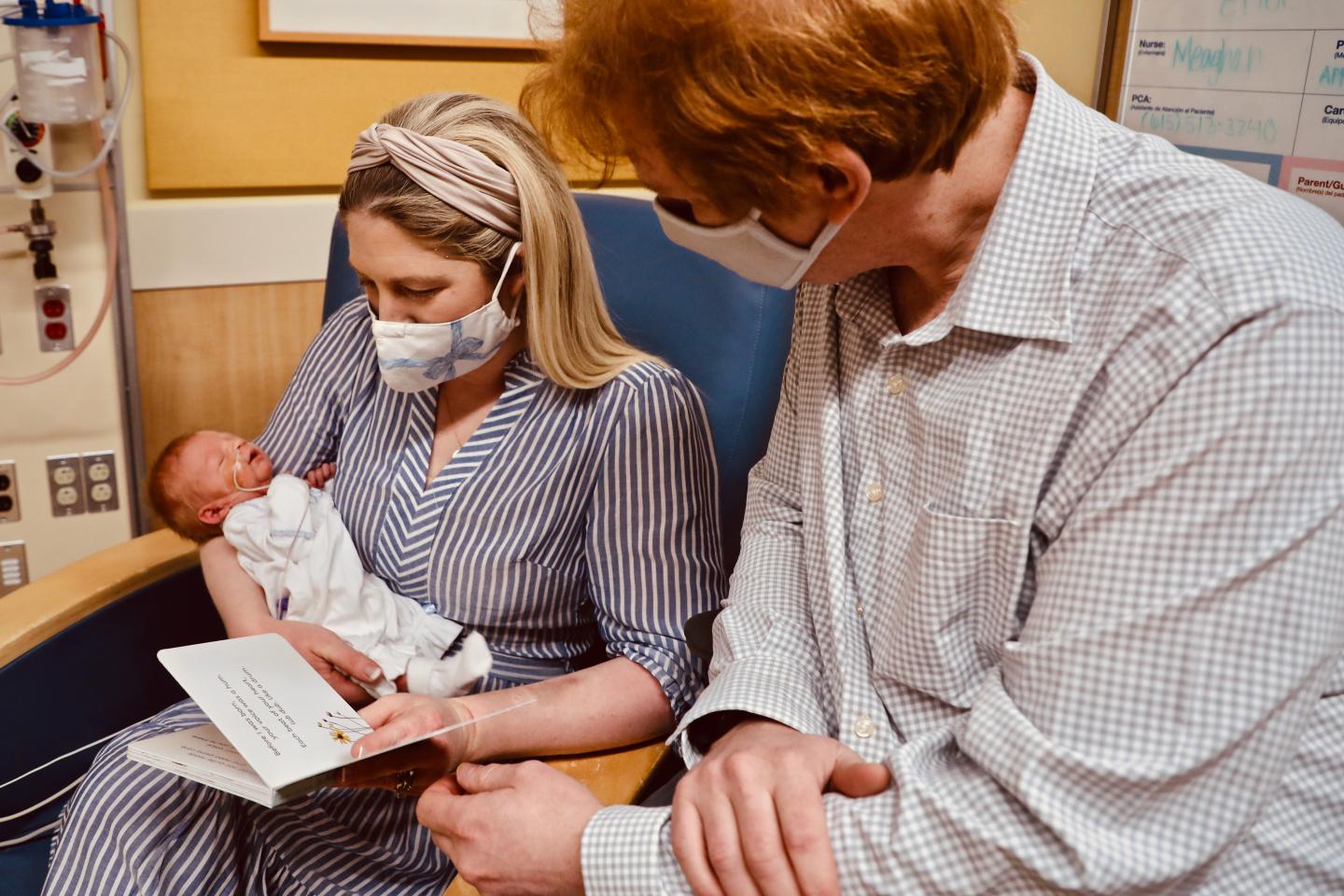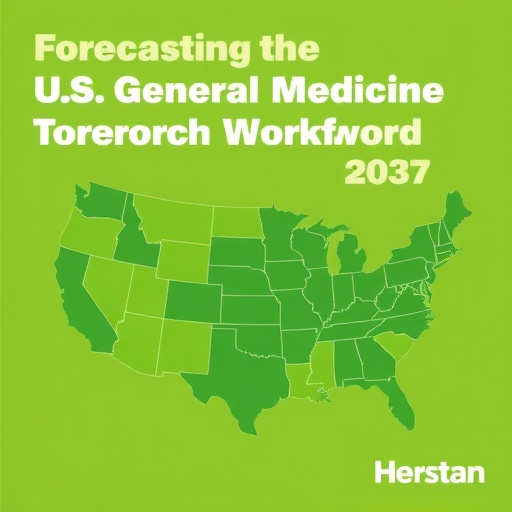Featured intervention is a new book program for babies in Neonatal Intensive Care Unit

Credit: Cincinnati Children’s
Researchers at Cincinnati Children’s Hospital Medical Center have developed a new framework for different factors influencing how a child’s brain is “wired” to learn to read before kindergarten.
This may help pediatric providers identify risks when the brain is most responsive to experiences and interventions. This “eco-bio-developmental” model of emergent literacy, described in the journal JAMA Pediatrics, reinforces the potential of early screening, prevention, and intervention during pediatric clinic visits in early childhood.
This kind of model is advocated by the American Academy of Pediatrics to help better understand and improve important social determinants of health.
“Emergent literacy is a developmental process beginning in infancy, when the brain is rapidly developing. It involves skills, knowledge, and attitudes that are precursors to reading and writing,” said John Hutton, MD, director of the Reading & Literacy Discovery Center at Cincinnati Children’s. “Reading difficulties stem from deficits in any of these domains and take root early with far too many children beginning kindergarten unprepared to learn to read and at-risk of falling farther behind. Our research shows this is especially true for children from minority and impoverished backgrounds.”
The model is separated into three categories: 1) ecological, 2) biological and 3) developmental. Ecological includes experiences in a child’s home environment, such as reading, talking, teaching, and creative play. Biological includes genetics such as family history of dyslexia and medical conditions such as prematurity. Developmental includes cognitive, social-emotional, and brain health and abilities.
“Importantly, our model anchors these factors to neurobiology, which reflects how a functional ‘reading network’ develops in a child’s brain,” Hutton said. “Through neuroimaging, especially MRI, our research has found that more stimulating reading activities in the home environment prior to kindergarten are related to better developed brain structure and also function supporting literacy.”
Cincinnati Children’s has several programs in place for parents help their child, both in and out of the hospital. A new program is called “NICU Bookworms,” through which families receive free books and encouragement to read to their baby during their stay in intensive care, which can be days or months long. They also receive empowering guidance on the benefits of “shared” book reading by trained NICU teams. This is an important resource, as families are often anxious about what they can do to help their child.
The program was part of a 2018-2019 study by neonatologists from Cincinnati Children’s caring for babies in the NICU at the medical center and other local hospitals. The results, published recently in the Journal of Pediatrics, showed high-risk parents were five times more likely to read to their baby at home due to the intervention that took place at the hospital and that reading reduced the anxiety they felt during their child’s stay.
A new book titled Baby Bookworm, written by Dr. Hutton and neonatologist Dr. Viral Jain, MD, to reinforce the NICU Bookworms program, was recently published. It gives parents in the NICU at Cincinnati Children’s and other hospitals a way to help them bond with their babies.
Other early reading programs featured in the eco-bio-developmental model include: Reach Out and Read, through which children receive a new book and guidance about reading at home during well-visits from newborn through age 5; and Dolly Parton’s Imagination Library, which mails new books to the child’s home once a month from birth through age 5. Each of these are well-established at Cincinnati Children’s, in Ohio and nationally.
Hutton also recently developed a new screening tool featured in the model called The Reading House, described in a recent study published in Pediatrics, which directly engages preschool-age children during clinic visits so pediatricians can assess their early literacy skills. The book has the potential to identify reading difficulties as early as age 3, target interventions to skills, and empower families to help their child at home.
“Rather than a passive approach, early literacy screening and interventions that are administered by pediatric practitioners through this new model can help identify potential reading difficulties, address risk factors during a period when neural plasticity is high, and improve outcomes,” Hutton said.
###
The Reading House and Baby Bookworm are published by blue manatee press and available for hospitals, clinics and other nonprofits.
The study was funded by the Reading and Literacy Discovery center at Cincinnati Children’s.
Potential conflicts of interest: Dr Hutton reported writing and publishing The Reading House
screening measure, which is not intended for sale in retail, library, or direct-to-consumer channels, and any royalties received are determined via intellectual property policies at the Cincinnati Children’s Research Foundation; serving on the medical advisory board of Reach Out and Read with no financial compensation; and serving as a spokesperson for the Read Aloud 15 Minutes national campaign with no financial compensation during the conduct of the study. Drs. John Hutton and Viral Jain conceived and wrote the children’s Baby Bookworm book featured in the NICU study. Books are provided free of charge.
Media Contact
Shannon Kettler
[email protected]
Original Source
https:/
Related Journal Article
http://dx.





